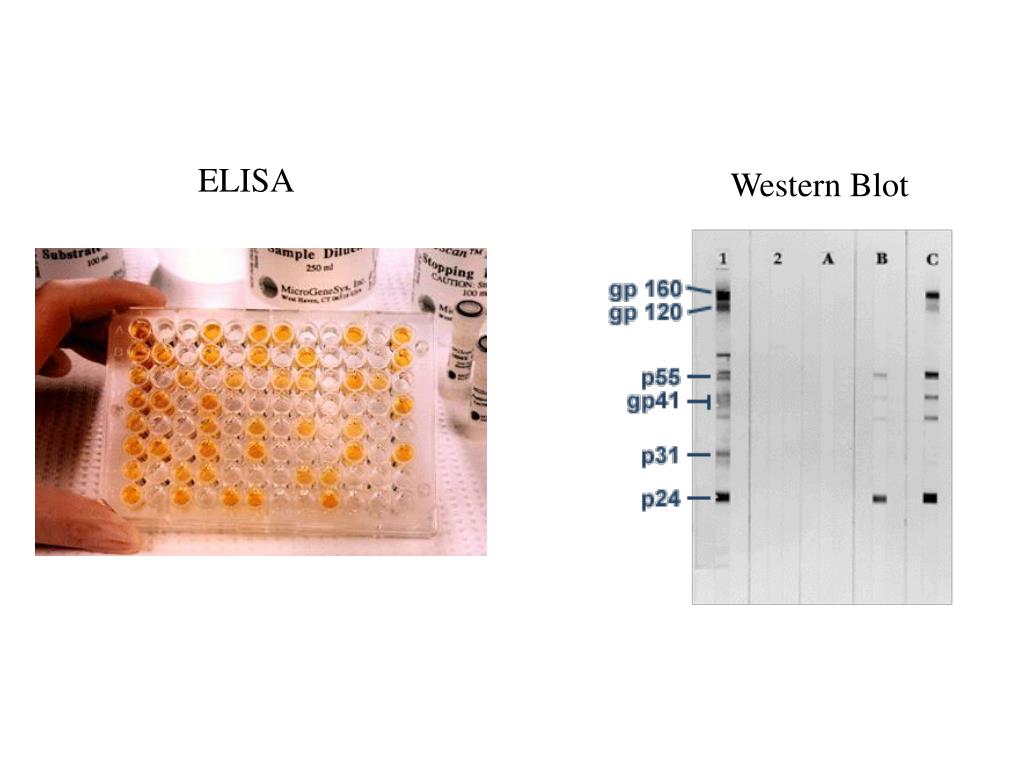


In general, add 100 μl RIPA buffer for approximately every 10 6 cells present in the pellet (count cells before centrifugation). Wash 3 times with ice-cold 1X PBS and then add chilled RIPA buffer with protease inhibitor. If using adherent cells, remove culture medium, wash with ice-cold 1x PBS and collect cells in 1x PBS using cell scraper, Then pellet by centrifugation for 5 minutes at 1000 x g (approximately 2000rpm at 4☌. Pellet the cultured cells by centrifugation for 5 minutes at 1000 x g (approximately 2000 rpm) at 4☌. Pre-cool a refrigerated centrifuge to 4☌. Protocol - Cell and Tissue Lysate Preparation: 1. This can be kept to a minimum by adding inhibitors to your lysis buffer such as EDTA, PMSF, sodium orthovanadate and Aprotonin. For this reason cell lysates should be prepared on ice using pre-cooled buffers and equipment to prevent protein degradation.Įndogenous proteases and phosphatases within the cell are also able to interfere with your lysate, causing proteolysis and dephosphorylation of your sample. Keeping your lysates stable:Ĭell lysates are unstable because the proteins are extracted from their natural environment. Don’t forget your inhibitors!ĭenaturation/proteolysis and dephosphorylationen (in case of phosphoproteins) should always be kept to a minimum and added freshly to the cell lysate (EDTA, sodium orthovanadate, PSMF, Aprotinin). *alternatively for proteins within cellular compartments such as the Nucleus or Mitochondria, fractionation protocols are available which will enrich your sample for these proteins. Generally, optimal conditions should be tested for the protein of interest. A Tris-HCl lysis buffer sometimes shows advantage over RIPA when solubilizing cytoplasmic proteins. RIPA buffer’s harsh properties are best suited for hard to solubilize proteins, which is why it is the preferred choice for nuclear and mitochondrial proteins. The most commonly used buffers are RIPA and NP-40 which are both suitable for whole-cell lysate/membrane bound proteins. If you don’t get your protein of interest in solution or you are studying a special protein–protein interaction, you can try different buffers and exchange the detergents. However, every protein is different and may react differently with the buffers and detergents. Dependent on the location of the protein of interest, a different lysate buffer may be needed to obtain a high yield and purity of the protein. Lysate buffers contain different detergents that help to release soluble proteins (Triton-X, Tween, SDS, CHAPS). Dependent on the location of the protein of interest, a different lysate buffer is needed to obtain a high yield and purity of the protein. Cell lysis is the breaking down of the cell membrane and the separation of proteins from the non-soluble parts of the cell. Lysate prep is the important first step at the beginning of a western blot experiment.


 0 kommentar(er)
0 kommentar(er)
